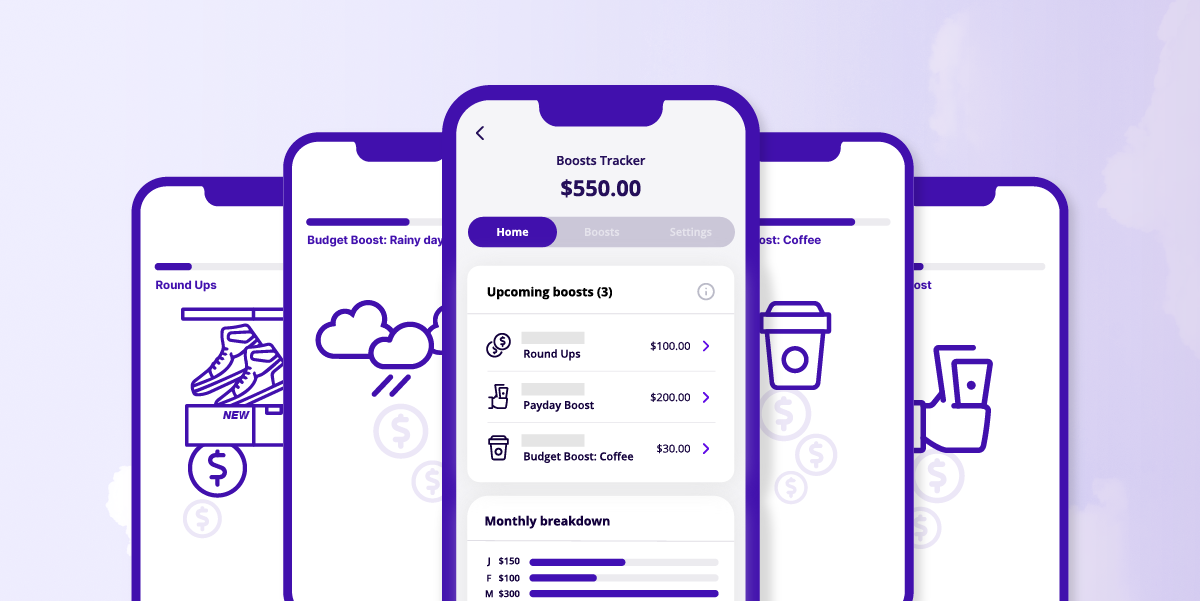Before a company makes it to an actively managed Spaceship Voyager portfolio, it often starts on a watch list.
At Spaceship we actively invest in companies that meet our Where the World is Going criteria.
But before they make it to our portfolios, they often end up on a stock watchlist.
What’s a stock watchlist?
A stock watchlist is a list of stocks that an investor is keeping an eye on, but isn’t ready to invest in yet.
You could think of it as a shopping list for the stocks you want to buy or investments you want to make. It can keep you focused on what you want.
Why do investors keep watchlists?
Good investors tend to research their stocks before deciding whether or not to buy them. This research helps them assess whether or not a stock at a current price is a good buy.
If there’s something that makes them hesitate from pressing the purchase button – for example the stock might seem too expensive, or they don’t think they have a good enough understanding of the company or its sector just yet – it could instead find a home on a watchlist.
There, the investor could check in on it from time to time.
What kind of research do investors do?
Individual investors look for different features in a stock.
At Spaceship we look for companies that satisfy the four key criteria of our Where the World is Going methodology, which underpin our actively-managed Spaceship Universe and Spaceship Earth portfolios.
These four criteria include:
- Strong management or owner-mentality led;
- Evidence of adhering to a long-term, secular trend (such as cloud computing or digital payments);
- Having a moat, which is a competitive advantage that may include a strong brand;
- And having the potential to double in company size within five years.
The Investment team asks questions like, “What makes this company unique?” “Why should we own it?” “Why might we be wrong?”
The team researches elements such as competition, trend growth, company history, and they meet with management where possible to make sure they’re investing your money as responsibly as they can.
They keep tabs on industries, look at key financial metrics, conduct ESG analyses for companies that are contenders for the Spaceship Earth portfolio, and – to make sure they’re researching as broadly as they can – they figure out what the ‘bear’ case is for each company, that is, the reasons why it might fail.
How often should you check your own watchlist?
It’s really up to you. As a long-term investor, part of your investment plan might include how often you buy (or think about buying) new stocks. You might choose to check in on stocks after quarterly announcements, or when you’ve saved up extra money.
What happens next?
There are online resources that help you build and maintain your own watch list.
Then, choosing whether to buy a stock will depend on your own research and budget.



